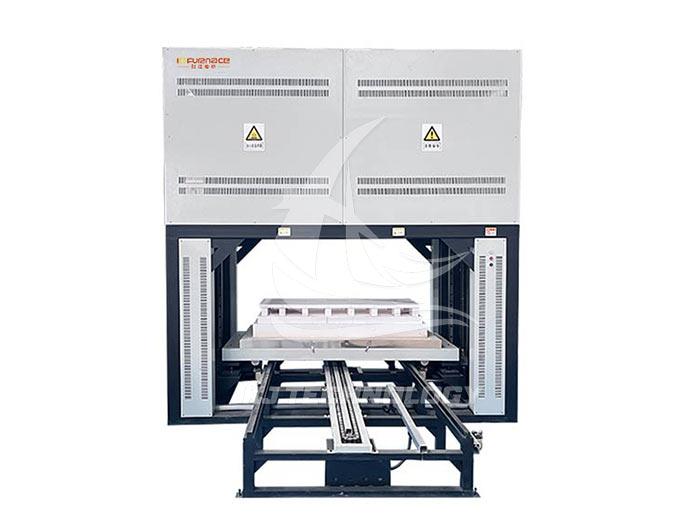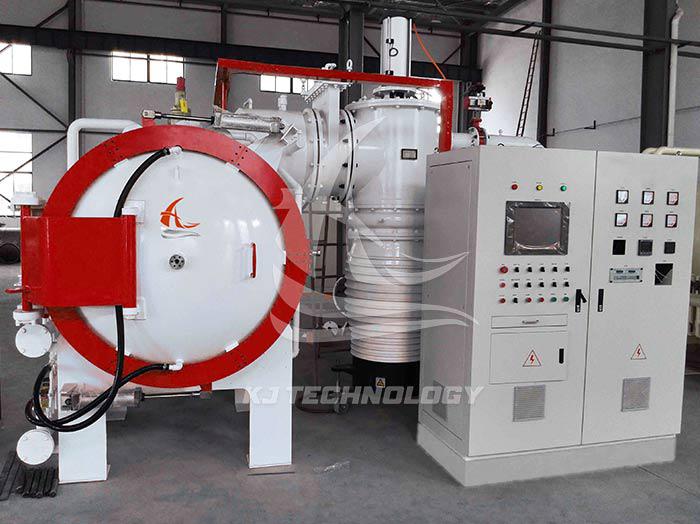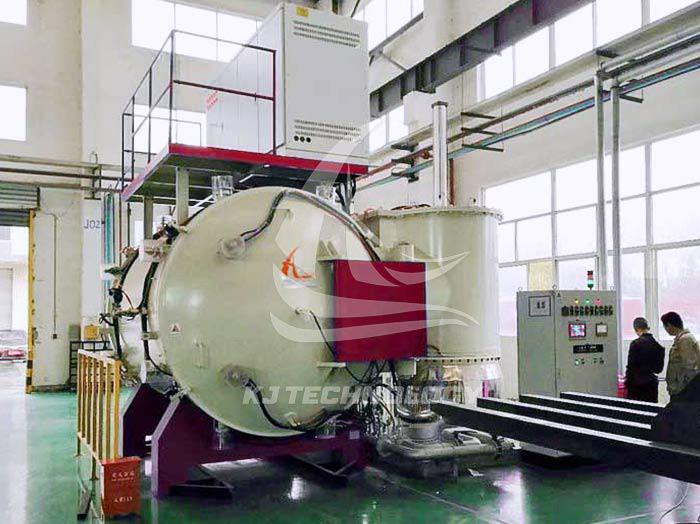What are the advantages of laboratory powder sintering furnace?
 08-08-2025 Author: KJ technology
08-08-2025 Author: KJ technology
The laboratory powder sintering furnace, as a key equipment for material preparation, has significant advantages in scientific research and development, mainly reflected in high-precision control, multifunctionality, flexibility, safety, energy conservation and environmental protection, as well as promoting scientific innovation. The following is a detailed analysis of specific advantages:
1. High precision temperature control ensures consistency in material properties
Precision temperature control system:
Laboratory sintering furnaces are usually equipped with PID (proportional integral derivative) controllers or more advanced fuzzy control algorithms, which can achieve precise temperature setting and stable control, with an error of usually ≤± 1 ℃.
High precision temperature control ensures uniform heating of materials during the sintering process, avoiding local overheating or undercooking, thereby ensuring consistency and reliability of product performance.
Uniform temperature field:
By optimizing the furnace structure (such as using multi-layer insulation materials and uniformly distributed heating elements) and forced convection technology, the laboratory sintering furnace can form a uniform temperature field, reduce internal thermal stress of the sample, and lower the risk of cracking.
2. Multi functional atmosphere control to meet diverse material requirements
Flexible atmosphere adjustment:
The laboratory sintering furnace supports various atmosphere environments, including air, inert gases (such as nitrogen and argon), vacuum or reducing gases (such as hydrogen), and can adapt to the sintering requirements of different materials.
For example, metal powders need to be sintered under inert gas or vacuum to prevent oxidation, while ceramic materials may be sintered directly in air.
Dynamic atmosphere control:
Some high-end equipment can dynamically adjust the atmosphere (such as segmented inflation, vacuum pumping, and inflation cycle) to meet complex process requirements (such as degassing, reduction reactions).
3. Modular design and flexibility, suitable for small batch and multi variety R&D
Small batch production capacity:
Laboratory sintering furnaces are usually designed to be compact, with a small furnace volume (such as several to tens of liters), suitable for small batch sample preparation, reducing material waste and research and development costs.
For universities or research institutions, the small batch production mode is more in line with the research and development needs of "rapid iteration".
Modular Function Expansion:
Many laboratory sintering furnaces support flexible combinations of functional modules, such as:
Add a pressure loading system (hot press sintering module) to prepare high-density materials;
Integrate laser or microwave heating modules to achieve rapid sintering;
Equipped with in-situ observation windows (such as X-ray diffraction and infrared thermography) to monitor the sintering process in real-time.
4. Safety protection and operational convenience, reducing research and development risks
Multiple security protections:
Laboratory sintering furnaces are usually equipped with safety devices such as over temperature alarms, leakage protection, pressure safety valves, emergency stop buttons, etc., to ensure the safety of operators and equipment.
The vacuum sintering furnace is also equipped with explosion-proof membranes or rupture valves to prevent the risk of explosion caused by uncontrolled pressure.
Humanized operation interface:
Adopting touch screen or computer control system, supporting rapid setting, storage and calling of process parameters, simplifying the operation process.
Some devices also support remote monitoring and data recording, making it convenient for researchers to adjust process parameters at any time.
5. Energy saving and environmentally friendly design, in line with sustainable development requirements
Efficient insulation material:
The furnace adopts high-efficiency insulation materials such as multi-layer mullite fibers and nano insulation boards to reduce heat loss and energy consumption.
For example, the thermal efficiency of certain devices can reach over 90%, saving 30% -50% energy compared to traditional furnace types.
Intelligent energy-saving mode:
Some devices are equipped with intelligent standby function, which automatically reduces power or enters sleep mode during non working hours, further saving energy.
6. Promote scientific research innovation and advance the development of new materials
Support cutting-edge process research:
The laboratory sintering furnace provides an experimental platform for new technologies such as additive manufacturing (such as selective laser sintering, SLS), spark plasma sintering (SPS), flash sintering, etc.
For example, through laser sintering modules, complex geometric shapes of metal or ceramic parts can be quickly prepared to verify the feasibility of the design.
Interdisciplinary application potential:
Laboratory sintering furnaces are not limited to materials science, but can also be applied in fields such as chemistry, physics, biomedical science, etc. For example:
Preparation of bioceramic scaffolds for tissue engineering;
Synthesize high-temperature superconducting materials or thermoelectric materials;
Study the sintering behavior of nanomaterials.
7. Cost benefit analysis: optimization of long-term R&D investment
Reduce trial and error costs:
High precision control and flexibility enable researchers to quickly optimize process parameters, reduce the number of repeated experiments, and thus shorten research and development cycles and costs.
For example, through the in-situ observation module, the sintering temperature or atmosphere can be adjusted in real time to avoid batch sample scrap.
Device sharing and collaboration:
The modular design of the laboratory sintering furnace makes it easy to integrate into a shared research platform, promoting cross team or cross institutional collaboration and improving equipment utilization.
Typical application scenario examples
Metal powder metallurgy:
Preparation of high-density hard alloys (such as WC Co) and titanium alloy parts for aerospace or medical implants.
Ceramic material development:
High performance ceramics such as sintered silicon nitride and zirconia are used for cutting tools, bearings, or electronic packaging.
Research on composite materials:
Prepare metal ceramic and ceramic polymer composite materials to achieve complementary performance (such as high strength and high toughness).
Exploration of functional materials:
Synthetic magnetic materials (such as neodymium iron boron), thermoelectric materials, or superconducting materials are used in the fields of energy or electronics.








